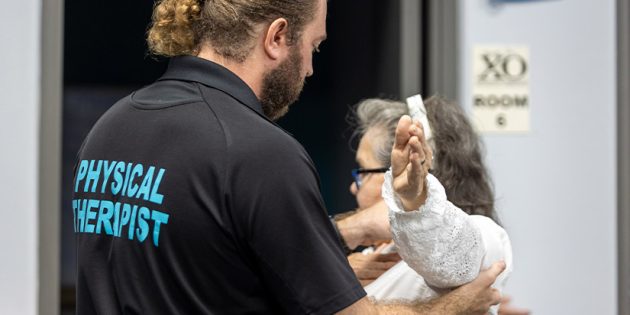The Irreplaceable Role of Joint Mobilization in Rehabilitation
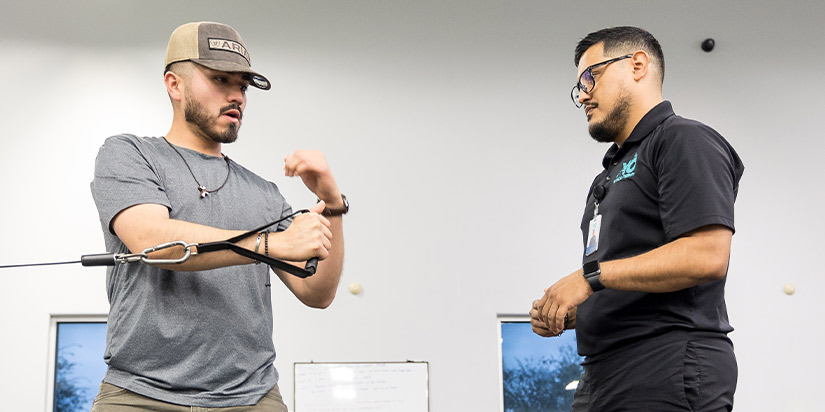
If you are stiff with aching joints that slow you down, joint mobilization could be the key to restoring your movement and easing your pain. Don’t let joint discomfort hold you back—gentle mobilization techniques can help you move freely and comfortably again.
What is Joint Mobilization?
Joint mobilization is a hands-on physical therapy technique for restoring movement and relieving pain. By applying controlled forces to stiff or painful joints, physical therapists help patients regain mobility, particularly after injury or surgery.
How Joint Mobilization Works?
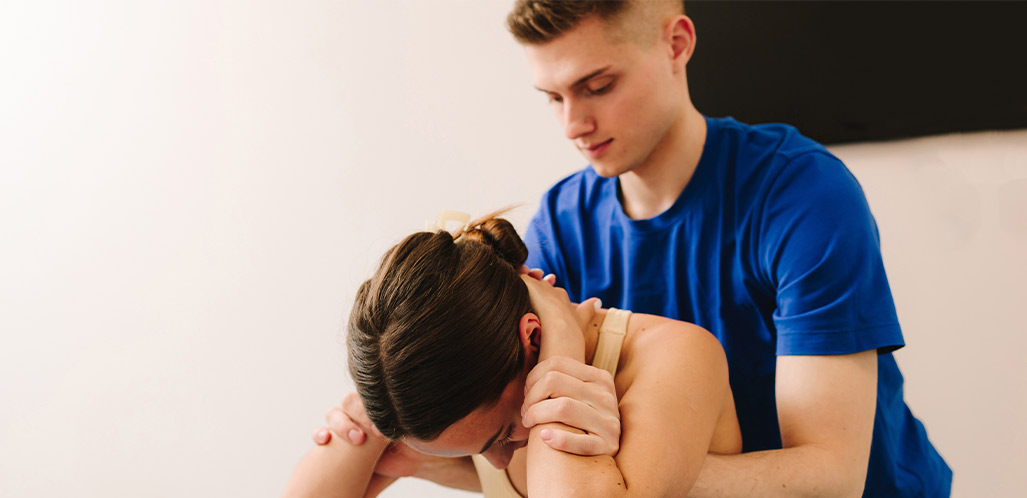
Process:
- The therapist stabilizes one part of the joint.
- A controlled force is applied to create movement.
- The technique helps desensitize pain receptors.
- Circulation improves, which promotes healing.
Common Conditions Treated
Joint mobilization is vital in enhancing movement and reducing pain through several mechanisms. It helps surrounding muscles function more normally, improves circulation within the joint, and promotes natural healing. For patients with conditions ranging from shoulder impingement and knee osteoarthritis to chronic back pain and ankle instability, joint mobilization provides significant relief and improved function.
Joint mobilization techniques can be applied to virtually any joint that exhibits stiffness or pain. The specific approach varies based on the joint’s structure, the nature of the limitation, and the therapeutic goal. Physical therapists utilize their knowledge of anatomy and biomechanics to select the appropriate technique and direction of force.
It is beneficial for:
- Shoulder impingement
- Knee osteoarthritis
- Chronic back pain
- Ankle instability

Joint mobilization helps with ankle range of movement, decreases pain, and improves function for subacute/ chronic lateral ankle sprains.
After knee surgery, joint mobilization helps reduce stiffness and restore movement faster.
Understanding Joint Mobilization Grades
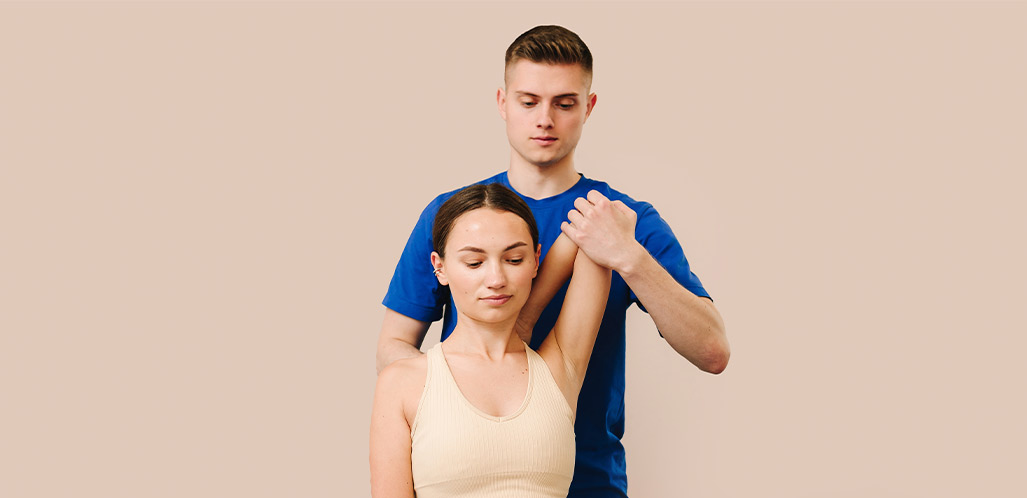
Mobilization techniques are categorized into five grades based on movement amplitude and treatment goals. The therapist selects one after carefully assessing the patient’s condition and treatment goals.
| Grade | Amplitude | Application Point | Primary Purpose |
| Grade I | Small amplitude | Beginning of range | Pain relief (slow oscillations) |
| Grade II | Large amplitude | Middle of range | Pain relief (slow oscillations) |
| Grade III | Large amplitude | To the point of limitation | Stiffness reduction (faster oscillations) |
| Grade IV | Small amplitude | End of available range | Stiffness reduction (faster oscillations) |
| Grade V | Small amplitude, high velocity | End of available range | Thrust manipulation (not oscillation) |
Selecting the Right Grade
- Pain-dominant conditions: Use Grade I–II for gentle pain relief.
- Stiffness-dominant conditions: Use Grade III–IV to improve mobility.
- High-velocity thrust manipulations: Grade V is used only by specialized professionals.
Mobilization Techniques for Different Joints
Joint mobilization applies to various joints, depending on stiffness or pain levels.
| Joint | Common Condition Treated | Mobilization Effect |
| Shoulder | Frozen shoulder | Restores overhead motion |
| Knee | Osteoarthritis, post-surgical stiffness | Improves tracking, reduces pain |
| Spine | Poor posture, limited rotation | Increases flexibility, reduces tension |
| Ankle | Sprains, instability | Enhances balance, prevents falls |
| Hip | Osteoarthritis, stiffness | Increases joint space, restores mobility |
| Neck | Tension headaches, stiffness | Improves motion, reduces pain radiating to shoulders |

Knee mobilization is similarly effective for conditions like osteoarthritis and post-surgical stiffness. Techniques may include tibiofemoral and patellofemoral glides that help restore proper tracking and movement patterns.
Benefits of Joint Mobilization
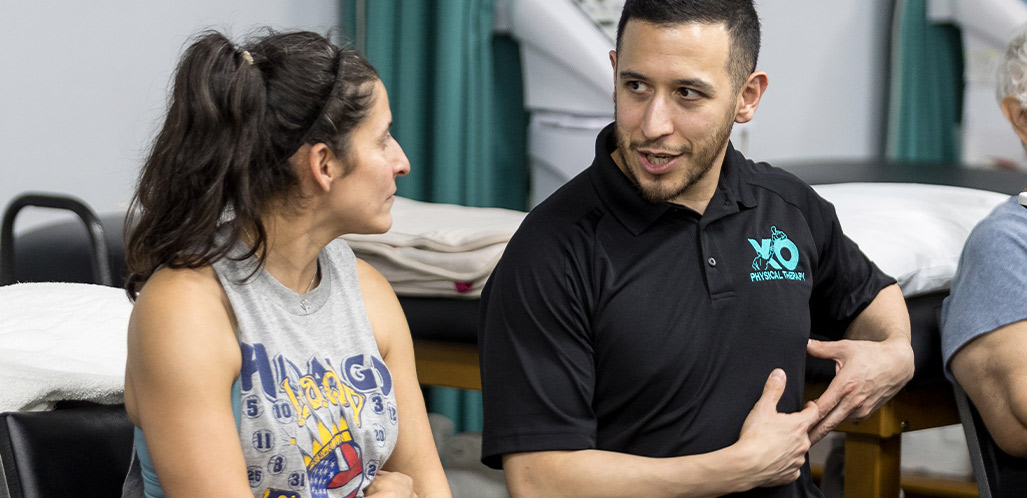
Joint mobilization offers significant benefits for patients struggling with limited mobility and pain.
- Immediate pain relief
- Improved flexibility and movement
- Faster post-surgical recovery
- Prevention of secondary injuries
Studies show that 70% of patients experience significant improvements within 2–5 sessions when joint mobilization is combined with exercise therapy.
XO Physical Therapy in the RGV
XO Physical Therapy is a leading provider of joint mobilization and other specialized physical therapy services in the Rio Grande Valley. Their experienced therapists deliver expert care to patients with functional problems stemming from arthritis, sprains, strains, fractures, and various injuries. They offer you:
- Expert Care: Skilled therapists provide individualized treatment.
- Advanced Techniques: Cutting-edge mobilization methods for best results.
- Customized Plans: Tailored exercises alongside mobilization for long-term benefits.
If you are struggling with joint stiffness or pain, schedule a consultation today with our expert therapists at XO Physical Therapy to help you move freely again.




